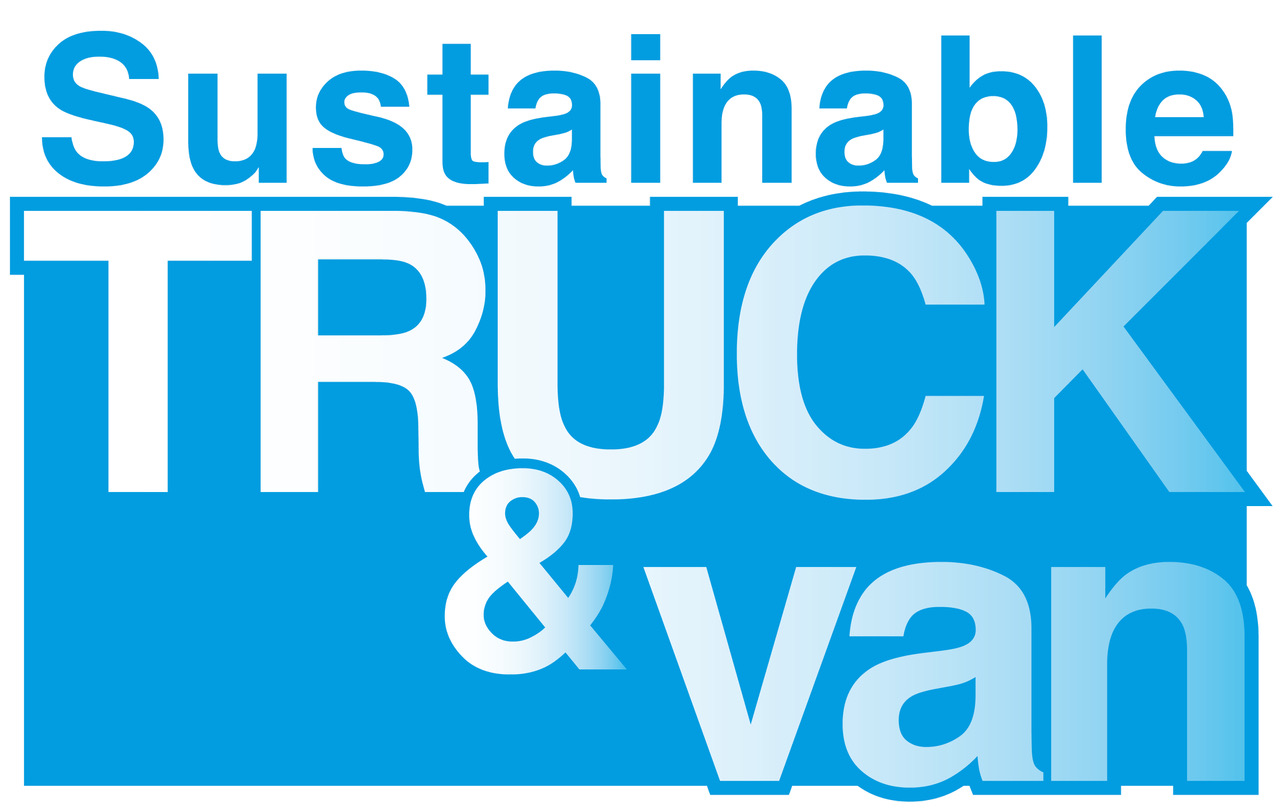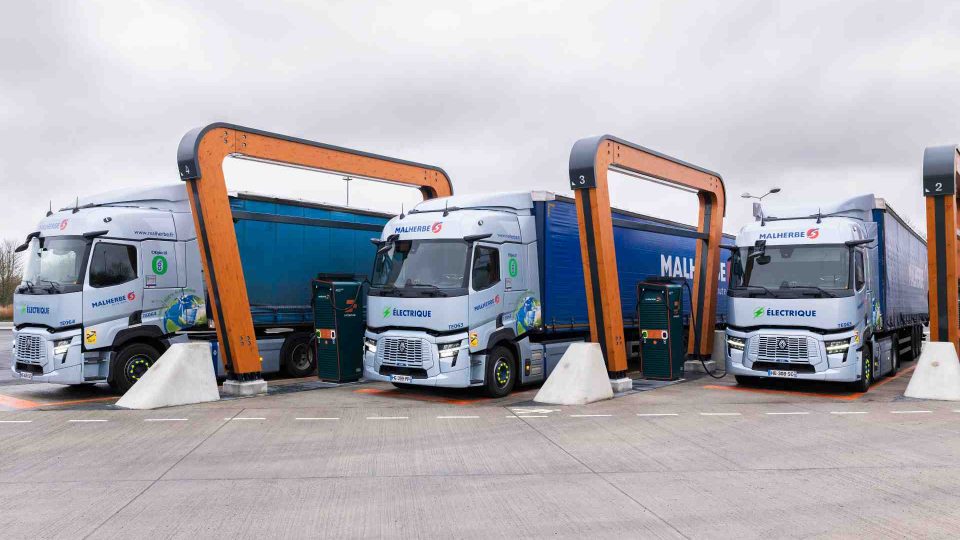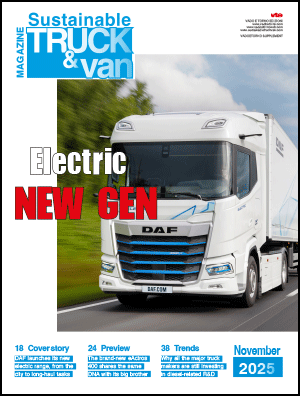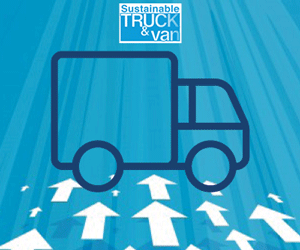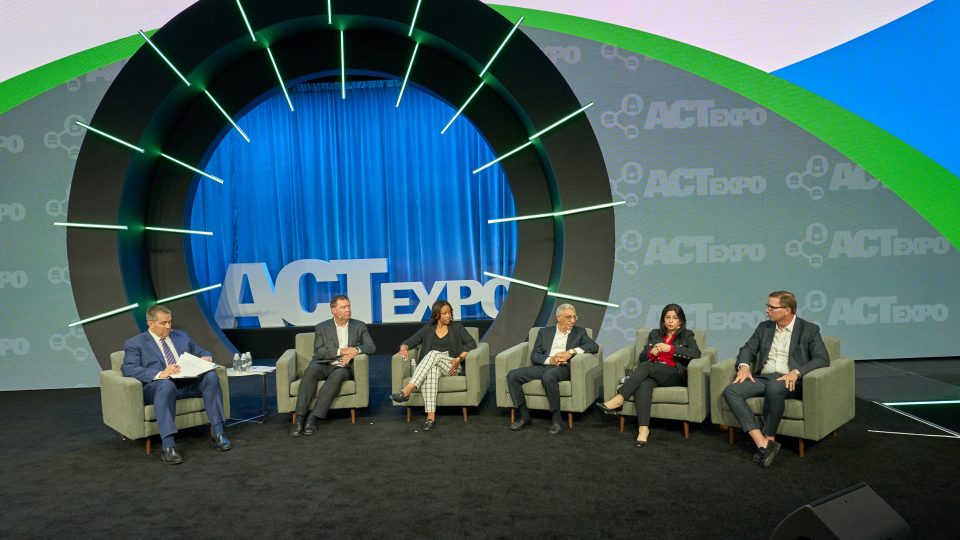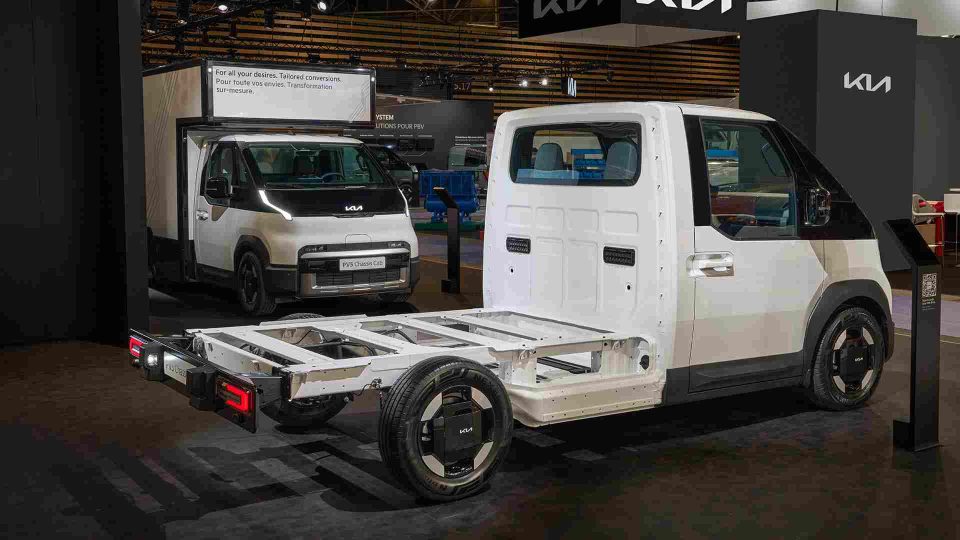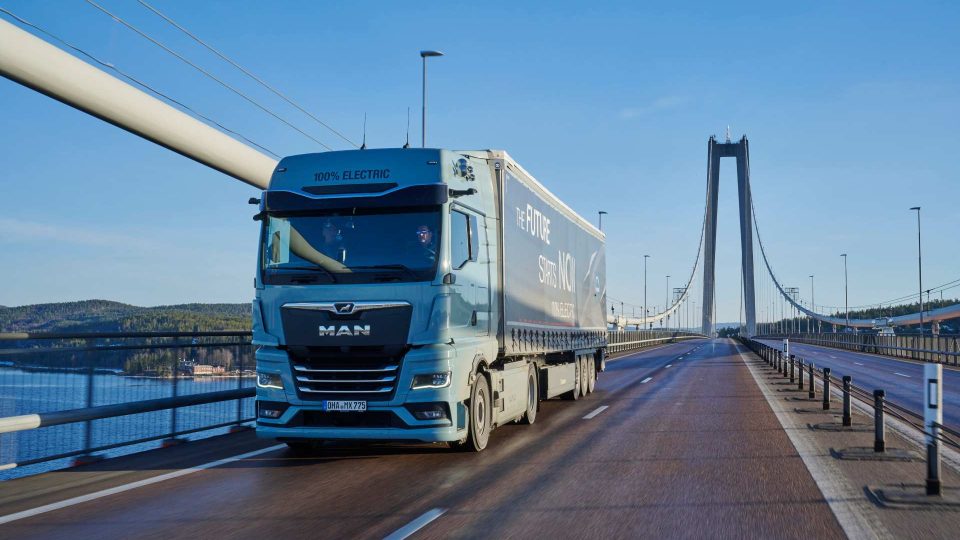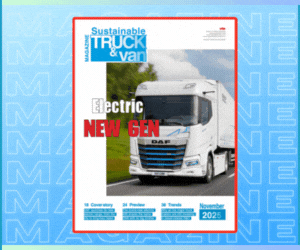We attended DEKRA’s CV Outlook Conference in Berlin. A brainstorming session for the future of commercial transportation
We were in Berlin for DEKRA's Commercial Vehicle Outlook Conference, which took place on October 28 and 29. Several topics were addressed in an ongoing dialogue between industry, politics, and research. This is not an easy time for heavy transport, and competition from China is frightening: a change of pace is needed.

Photo credits: DEKRA
They call it Future Congress, although the official name of the event is Commercial Vehicle Outlook Conference. It is organized by DEKRA, an internationally renowned certification organization founded 100 years ago that has become synonymous with reliability, also in the automotive world. In its current form, the conference was launched 10 years ago as a biennial event in collaboration with the publishing house ETM Verlag.
DEKRA CV Outlook Conference 2025
We could attend the conference in Berlin, which was strongly focused on the German market, of course, although enlightening because Germany can rightly be considered a beacon in the European automotive industry. In Berlin, there was room for topics such as decarbonization and safety; digitization and artificial intelligence; last mile delivery and trailers; autonomous driving, alternative fuels, hydrogen, and charging infrastructure. “What we want to do is bring together stakeholders in the commercial vehicle sector and allow them to discuss concrete solutions to problems. Together, as the slogan of our event says,” told us Oliver Trost, managing director of ETM Verlag, which co-organizes the event.
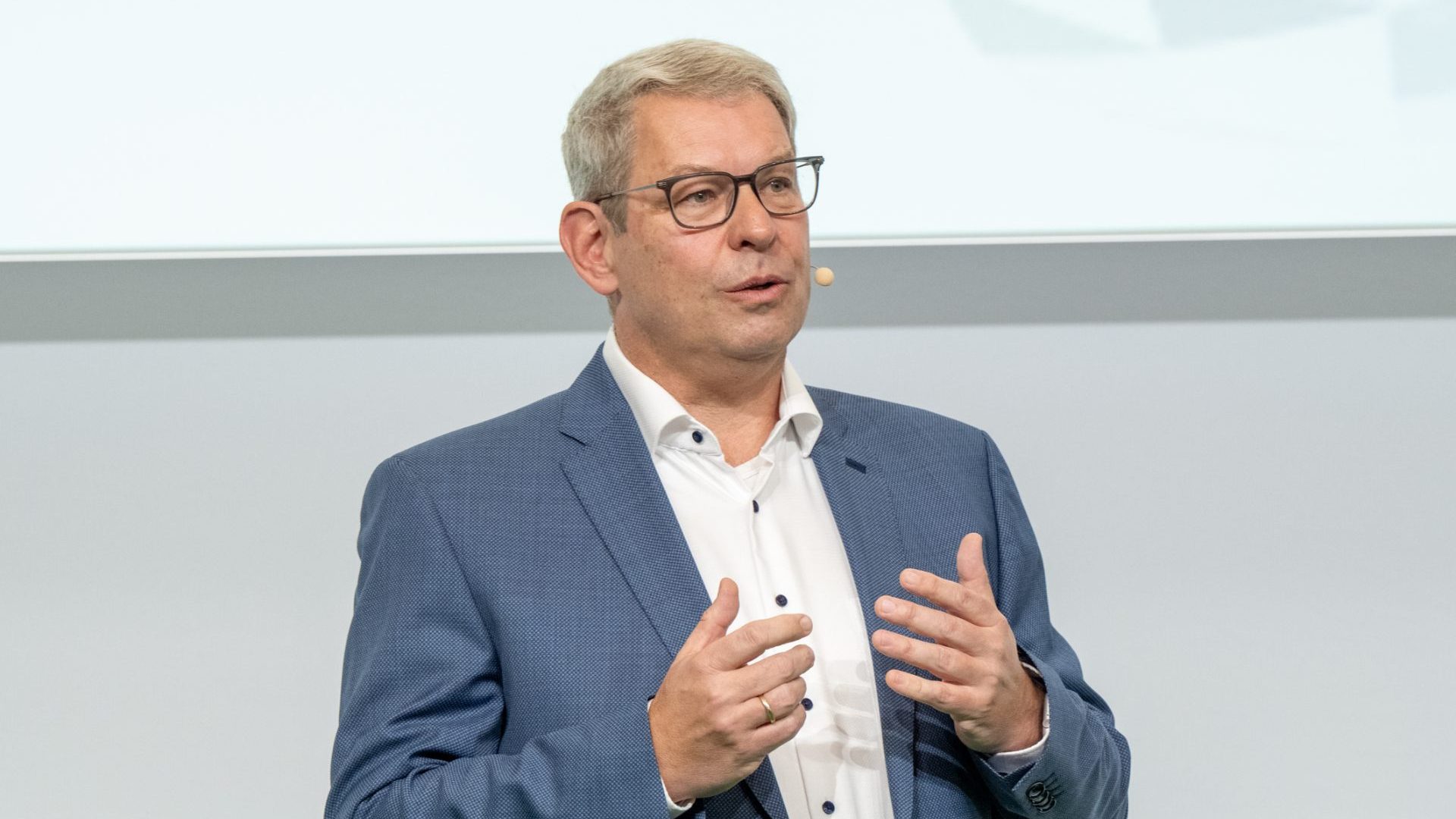
Outside the boundaries of the official presentations, however, we could feel a greater awareness of the changes that are happening. The Western world needs to look to China (represented by several companies at the conference) without fear, but with a willingness to understand and collaborate. At the beginning of the next decade, “at least 70 percent of new commercial vehicles will be zero-emission,” said Stefan Schnorr, State Secretary at the Federal Ministry of Transport, backed by Johannes Pallasch, Head of the National Center for Charging Infrastructure, whose forecasts predict that 53 percent of trucks registered in Germany in 2033 will be electric, compared to 13 percent diesel and 16 percent hydrogen vehicles. “Transport companies’ warehouses will be empty in 10 years if immediate action is not taken to renew and electrify their fleets: the next 3-4 years will be decisive in this regard.”
The current situation in the CV industry
Yes, the future, as per the main topic of the event. But what about today? “In commercial transport, we are at 3.6 percent electrification, with 80 percent of electric trucks currently concentrated in just five countries: there is still a huge gap between this and the target of 35 percent by 2030,” said Thomas Fabian, Head of commercial vehicles at ACEA. He is convinced that the three main factors for decarbonization are vehicles, infrastructure, and the political and regulatory framework: while the vehicles are there, the other two still have major gaps. Milence CEO Anja van Niersen spoke about infrastructure. “Our joint venture is doing its part: we have 32 active hubs in Europe, and we aim to reach 90 by 2028, with around 900 high-power charging points for trucks. Now, however, we need to populate them.”
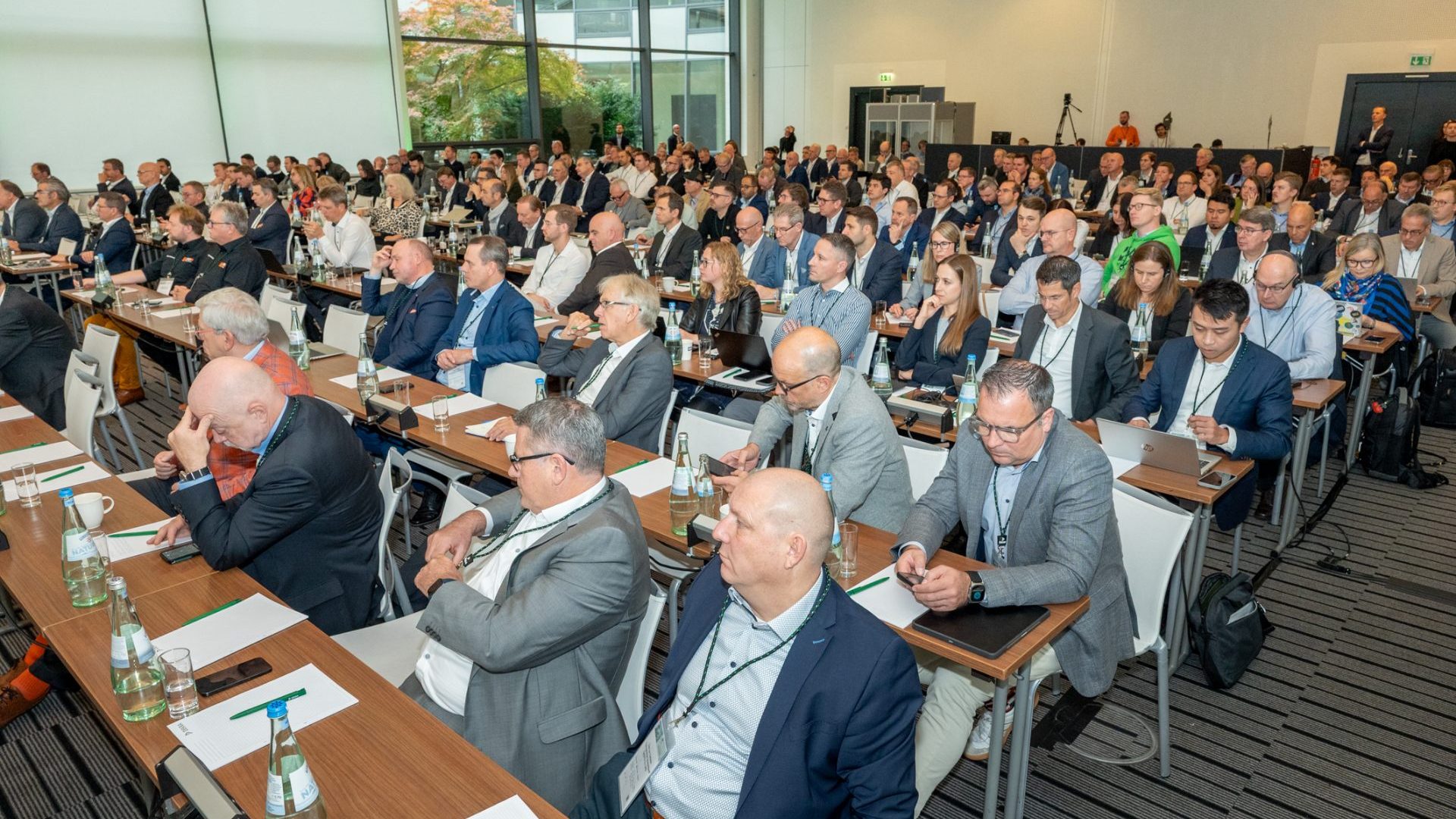
And while the presentations by truck manufacturers – from Daimler Truck to Scania, and from MAN to Iveco – merely reiterated concepts and product ranges that our readers are already familiar with, we did see several interesting presentations that were truly forward-looking. The Fraunhofer research institute, together with DHL, discussed the potential of battery swapping, i.e., replacing electric vehicle battery packs at special stations, citing several Chinese case studies. This topic was taken up by CATL, the battery giant that is working hard on this technology, which complements charging and is designed primarily for “specific use cases,” said Jianhan He, in turn citing the 424 stations already designed or built in China. The issue (and it is not a minor one), he told us, is that European electric trucks are not designed for swapping, so there is still a lot of work to be done.
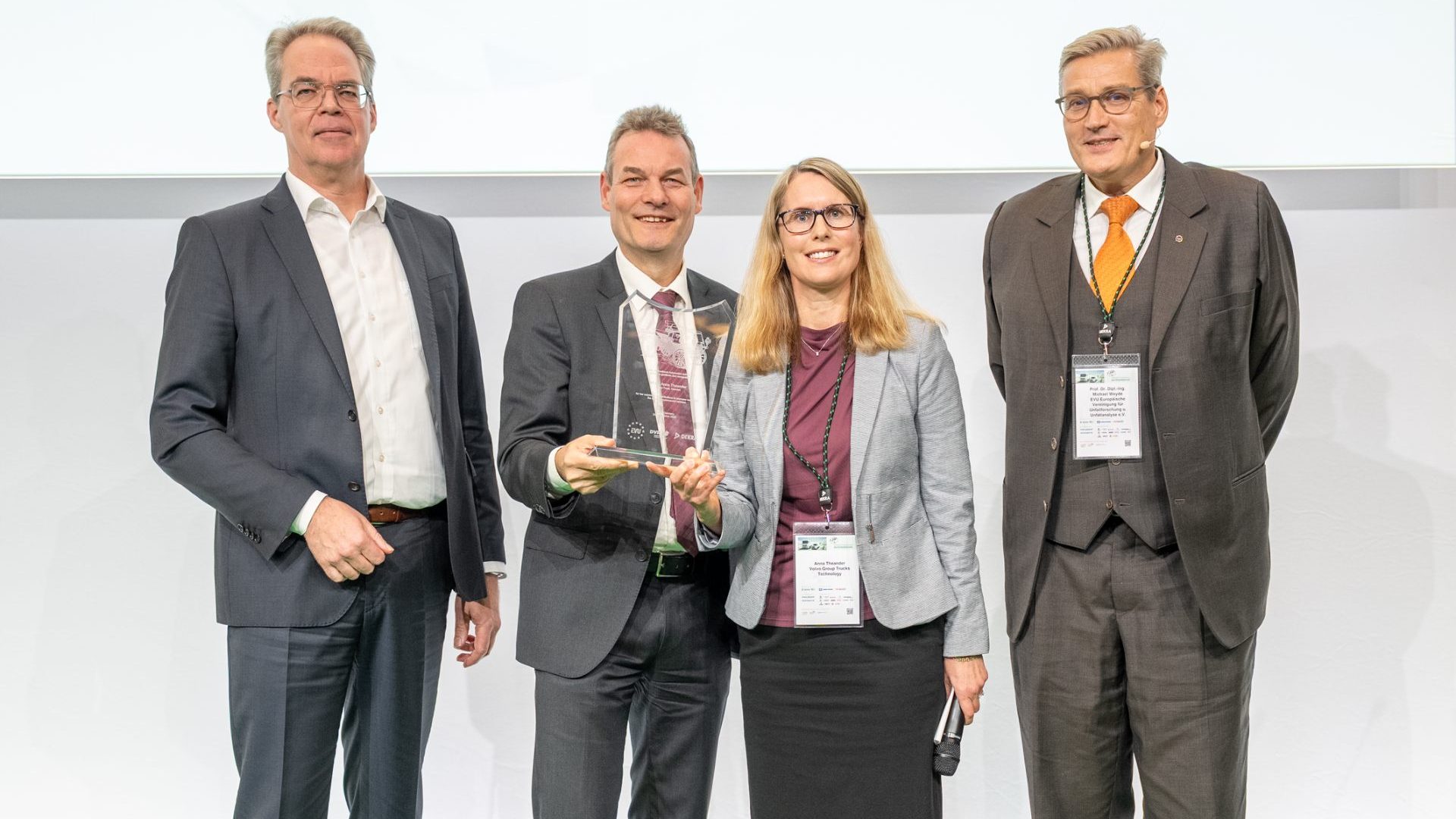
From China comes SANY, ready to market its 636 kWh electric truck in tractor and cab versions as early as next year, promising a favorable price difference of 20-30 percent compared to European vehicles and a widespread service network, at least in Central Europe, thanks to an agreement signed with the Alltrucks network.
There has been little talk of hydrogen, confirming the difficult times this fuel is going through in the automotive sector. However, the testimony of hylane, a young start-up created for the pay-per-use rental of hydrogen trucks, is significant. “We are growing and working with at least 20 leading logistics companies not only in Germany but also in other European countries. Given the difficulties in the hydrogen market, we are also applying our business model to electric trucks,” said the young Managing Director, Sara Schiffer.

Finally, Matthew Avery of Euro NCAP spoke about safety, announcing new tests on vehicles for regional distribution in 2026, as well as the intention to test and certify passive safety systems on trucks from 2031. Dekra is a partner of Euro NCAP, which uses the German facilities at Lausitzring, not far from Berlin, for part of the tests.
